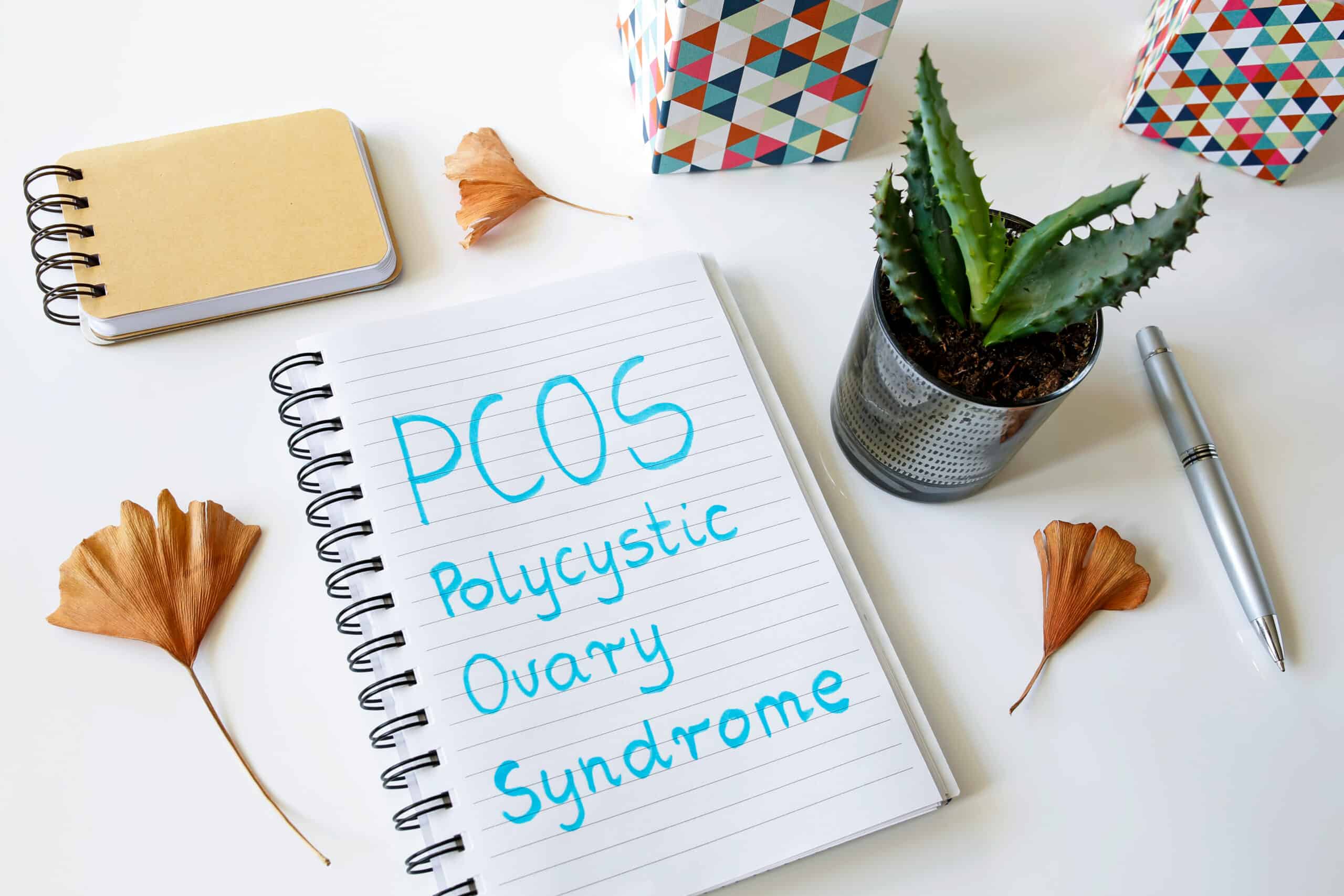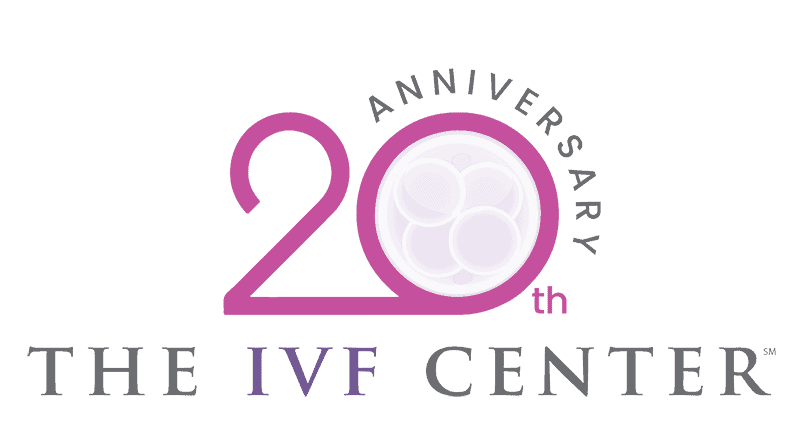Do you know the most common hormone abnormality found in reproductive aged women? It’s not the pancreas, adrenal gland, or even thyroid. Polycystic Ovarian Syndrome or PCOS affects up to 10% of women throughout the world.
For many years, PCOS was diagnosed based on three signs:
- Irregular Periods
- Hirsutism (unwanted hair growth in a male pattern)
- Obesity
What is PCOS?
PCOS involves a ‘vicious cycle’ of hormone imbalance. Hormones are simply proteins produced in one organ that effect other parts of the body, and the main players in PCOS are GnRH, (Gonadotropin Releasing Hormone), FSH (Follicle Stimulating Hormone), LH (Luteinising Hormone), oestradiol (the most common estrogen), progesterone, testosterone and insulin. Early diagnosis of PCOS is important as it has been linked to an increased risk for developing Insulin Resistance (IR or Prediabetes – PD) and Type 2 Diabetes.
To understand PCOS, let’s first look at normal hormone balance. There are two areas in the brain that are vital to normal menstrual cycles with ovulation:
- The Hypothalamus Producing GnRH
- The pituitary to produce FSH to stimulate follicles in the ovary to grow and mature its egg, and LH to trigger ovulation.
 GnRH directs the pituitary to send an appropriate balance of FSH and LH to the ovary, stimulating both male (androgen) and female (estrogen and progesterone) hormone production, as well as ovulation – don’t forget the eggs!
GnRH directs the pituitary to send an appropriate balance of FSH and LH to the ovary, stimulating both male (androgen) and female (estrogen and progesterone) hormone production, as well as ovulation – don’t forget the eggs!
Following ovulation, the ovary produces large amounts of progesterone to prepare the uterine lining (endometrium) for pregnancy. These ovarian hormones tell the hypothalamus to decrease or increase signals to the pituitary to maintain appropriate hormone levels at the ovary, i.e., oestrogen feedbacks to reduce FSH.
In PCOS, the hypothalamus (think overbearing boss), sends continuous messages to the pituitary (think underappreciated employee), but the latter seems a bit too hypersensitive (from being underpaid) and responds by making too much LH (think spite). Through a delicate balance of these hormone signals, ovulation occurs, but in PCOS it’s a like a fire drill with no guidance. The pituitary sends higher levels of LH to the ovary, resulting in more androgens and sends lower signals of FSH, preventing follicle growth and ovulation.
All this LH work and not enough FSH play makes the ovary very dull!
This ovarian ‘androgen excess’ of testosterone has several effects:
- Blocks follicle development (ovulation)
- Excess hirsutism (male pattern hair in sex dependent areas)
- Makes a weaker oestrogen in the fat cells of the body, called oestrone
The more estrogen like hormones there are, the more FSH production is reduced, further preventing follicle development and ovulation. Without ovulation, progesterone levels remain very low. This combination of hormone imbalance brings about a buildup of the endometrium increasing the risk of abnormal bleeding and endometrial hyperplasia (a precancerous change).
To summarize, in PCOS, due to the hypothalamus and pituitary having internal human resource problems, the ovary and uterus are not happy campers and wish they could take their business elsewhere!
Diagnosing PCOS
PCOS can and should be diagnosed clinically by using the latest criteria from a conference in 2007 requiring two of the following:
- Ovulation dysfunction/anovulation (menstrual intervals of more than 35 days, or less than 8 cycles/year) or lack of ovulation
- Hyperandrogenism, (elevated male hormone or hirsutism); Note – acne is not included.
- Classic “string of pearls” appearance of the ovaries on pelvic ultrasound – 12 or more small normal cysts in each ovary
Risks That Come with PCOS
- Infertility
- Abnormal Uterine Bleeding
- Endometrial Cancer
- Obesity
- High Blood Pressure
- Heart Disease
- Pregnancy Complications Including Gestational Diabetes & Possibly Miscarriage Insulin
- Resistance & Diabetes
PCOS, Insulin Resistance & Prediabetes
Early diagnosis of PCOS is important as it has been linked to an increased risk of developing Insulin Resistance (IR or Prediabetes – PD) and Type 2 Diabetes.
Many women with PCOS show signs of IR/PD, particularly (but not solely) in obese women with a BMI of more than 30, and those who chronically don’t ovulate while showing signs of elevated testosterone.
Insulin is a hormone made in the pancreas that helps move sugar from the blood into the cells of your body. Your cells use the sugar to make energy. Without enough insulin, sugar stays in your bloodstream, raising your blood sugar levels. Insulin resistance is a physiological condition where insulin becomes less effective at lowering blood sugars.
Diabetes (Type 1 or 2) is a condition where the body cannot control blood sugar levels because of problems with insulin. If undiagnosed or untreated, patients have a 33% risk of developing Type 2 Diabetes.
While IR/PD is more commonly associated with obesity, it is also found in normal weight women with PCOS.
A recent study determined that up to 40% of overweight reproductive-age women with PCOS had Prediabetes and 7.5% had Diabetes. In addition, 15% of normal-weight women with PCOS had Prediabetes and 1.5% had Diabetes, a rate almost three-times that of the general population. Overweight PCOS women have the highest risk of Prediabetes but, even more interesting, thin PCOS women have the same risk of having Prediabetes as overweight women without PCOS.
The progression may be delayed by maintaining blood sugar control through lifestyle changes and/or taking diabetic medications.
Complications of Prediabetes & Diabetes:
- Heart Disease
- Damage to Various Organs such as Eyes, Kidneys & Nerves
Management of PCOS
Although PCOS is a chronic condition, it can be successfully managed thereby avoiding other medical complications. Approaches are directed at preventing potential long-term consequences of prolonged ovulation dysfunction, and the metabolic abnormalities associated with the syndrome, and treating infertility.
- Lifestyle Changes: Overweight PCOS women struggle to lose weight and appear to gain weight more rapidly than their peers. Optimal BMI, diet and exercise are recommended for all overweight women with PCOS. Weight loss reduces IR/PD, testosterone and improves cardiovascular health.Some studies have also shown a 5-10% loss in body weight may result in a return of ovulation cycles and a higher spontaneous pregnancy rate.
- Medication to Stimulate Ovulation: In the USA recently, the non-FDA approved drug Letrozole has been shown to be more effective than the standard Clomiphene Citrate (Clomid) in achieving life birth over a course of six treatment cycles – succeeding in approximately 30% of women. Women who do not respond to Clomiphene Citrate can be treated with injectable FSH/LH. Even prescribed subcutaneous pulses (drug is administered at regular intervals), of GnRH has rates of ovulation and pregnancy of 70% and 45%, respectively.Although commonly used in the past, Metformin has convincingly been show not to improve fertility and should not be used in infertility unless the woman has Prediabetes or Diabetes.
- Surgery: Ovarian Drilling or Laparoscopic Ovarian Diathermy (LOD) is a minor outpatient procedure and has been offered to PCOS patients resistant to ovulation with medication since the 1970s. While it’s unclear how LOD works, electrocautery is used to “drill” several holes in the ovaries, thus reducing the size of the ovary, the number of cysts and testosterone levels, thereby restoring ovulation in a high percentage of patients.
Early diagnosis of PCOS is important as it has been linked to an increased risk of developing IR/PD
Key Point
- Prediabetes is common in PCOS with the potential for severe illness.
- All PCOS patients, particularly with a BMI of more than 30 should be screened for Prediabetes by a 2hr GTT because a fasting glucose alone will miss up to 30% of cases.
- Aggressive lifestyle management may avoid cardiovascular complications.
- Metformin is only helpful in the management of Prediabetes but not infertility.






